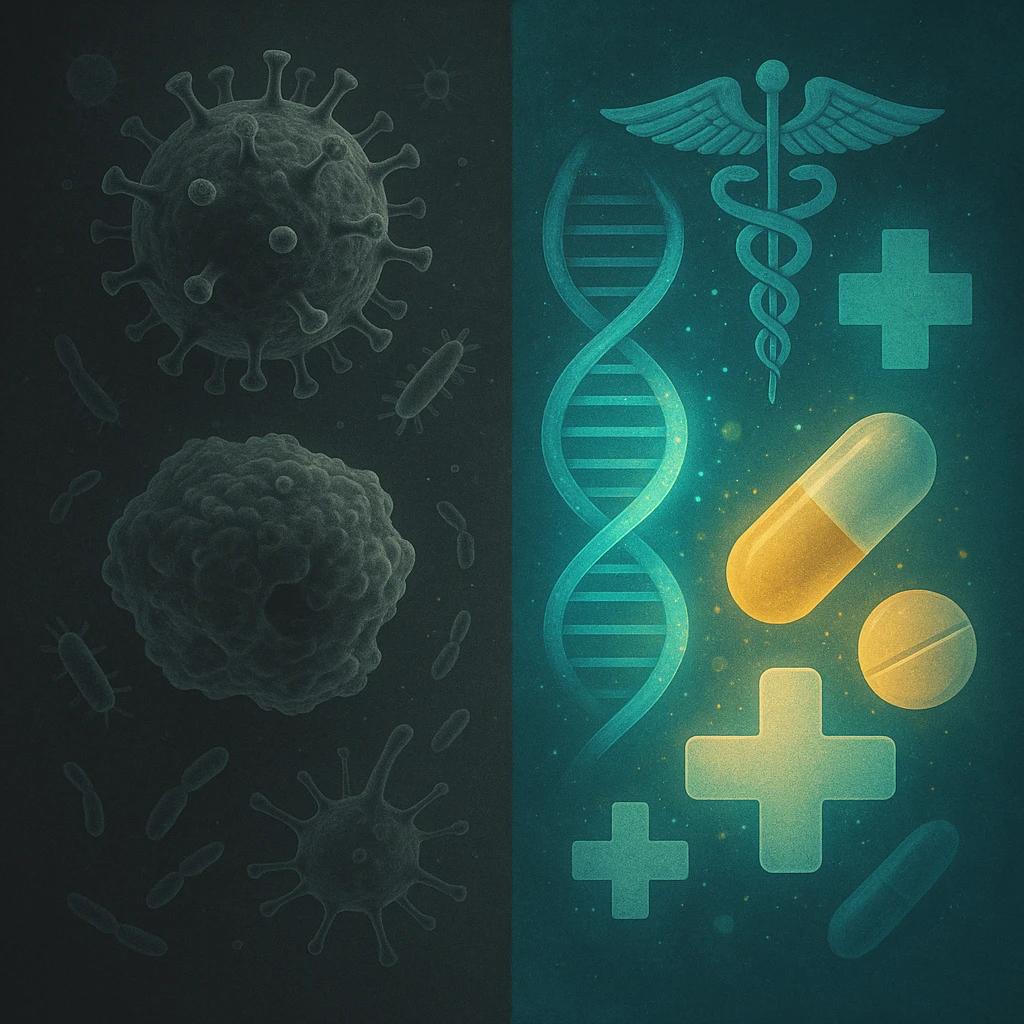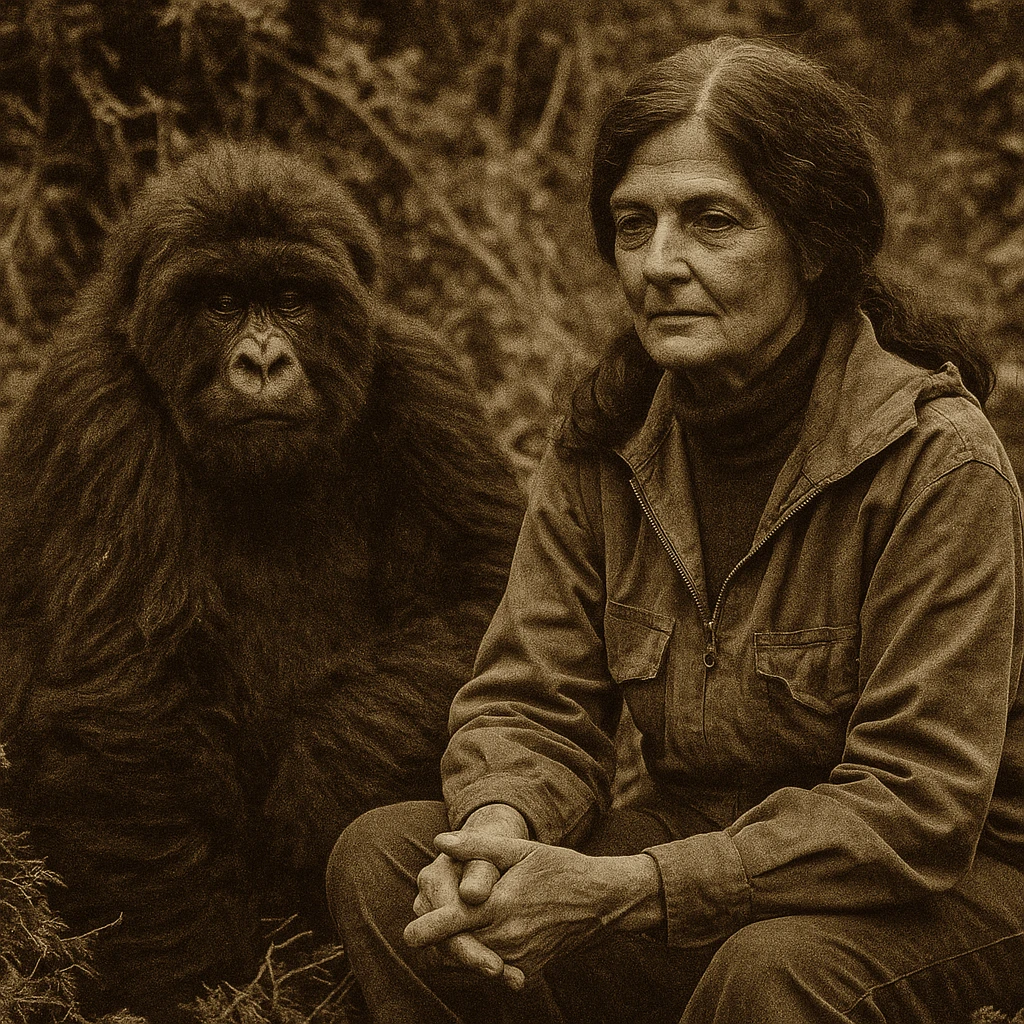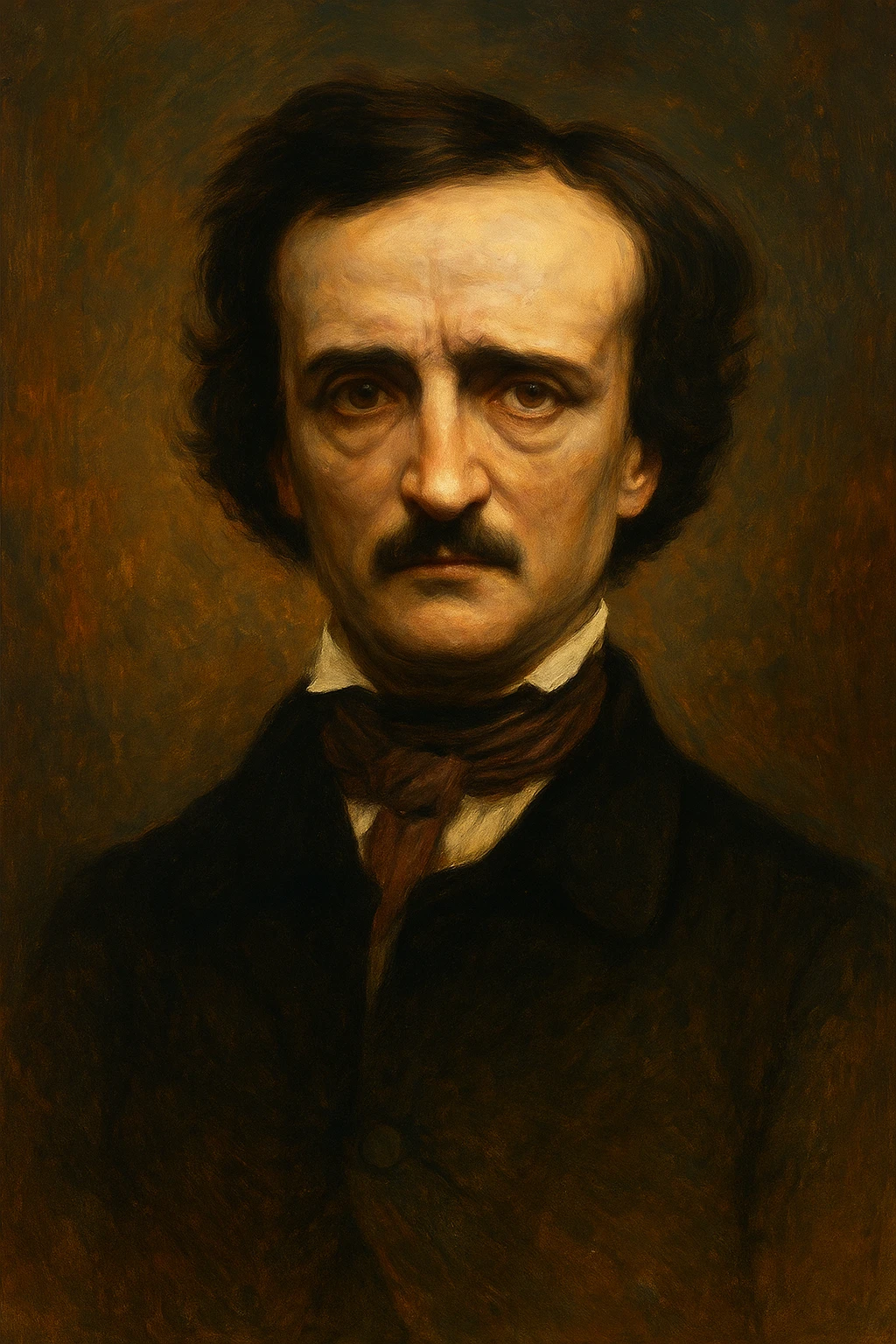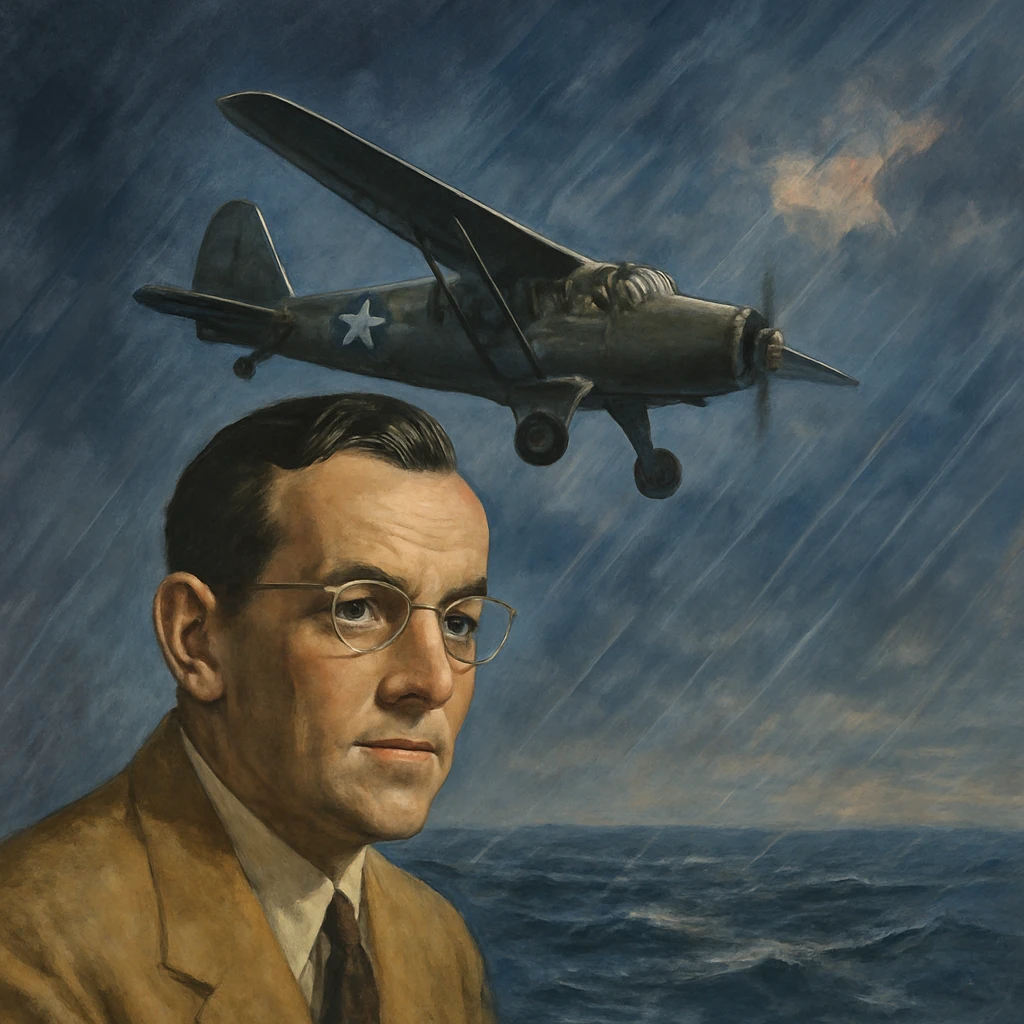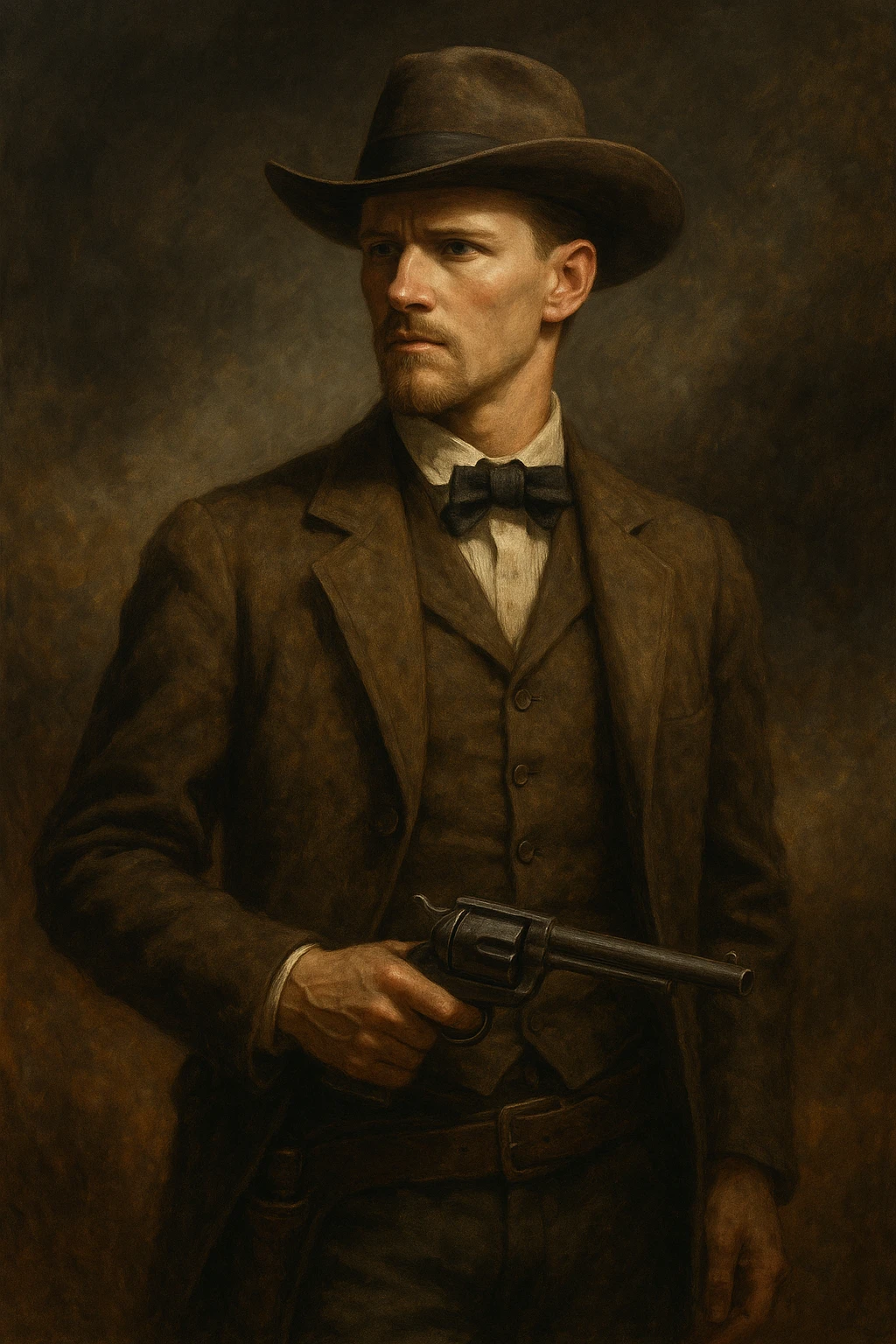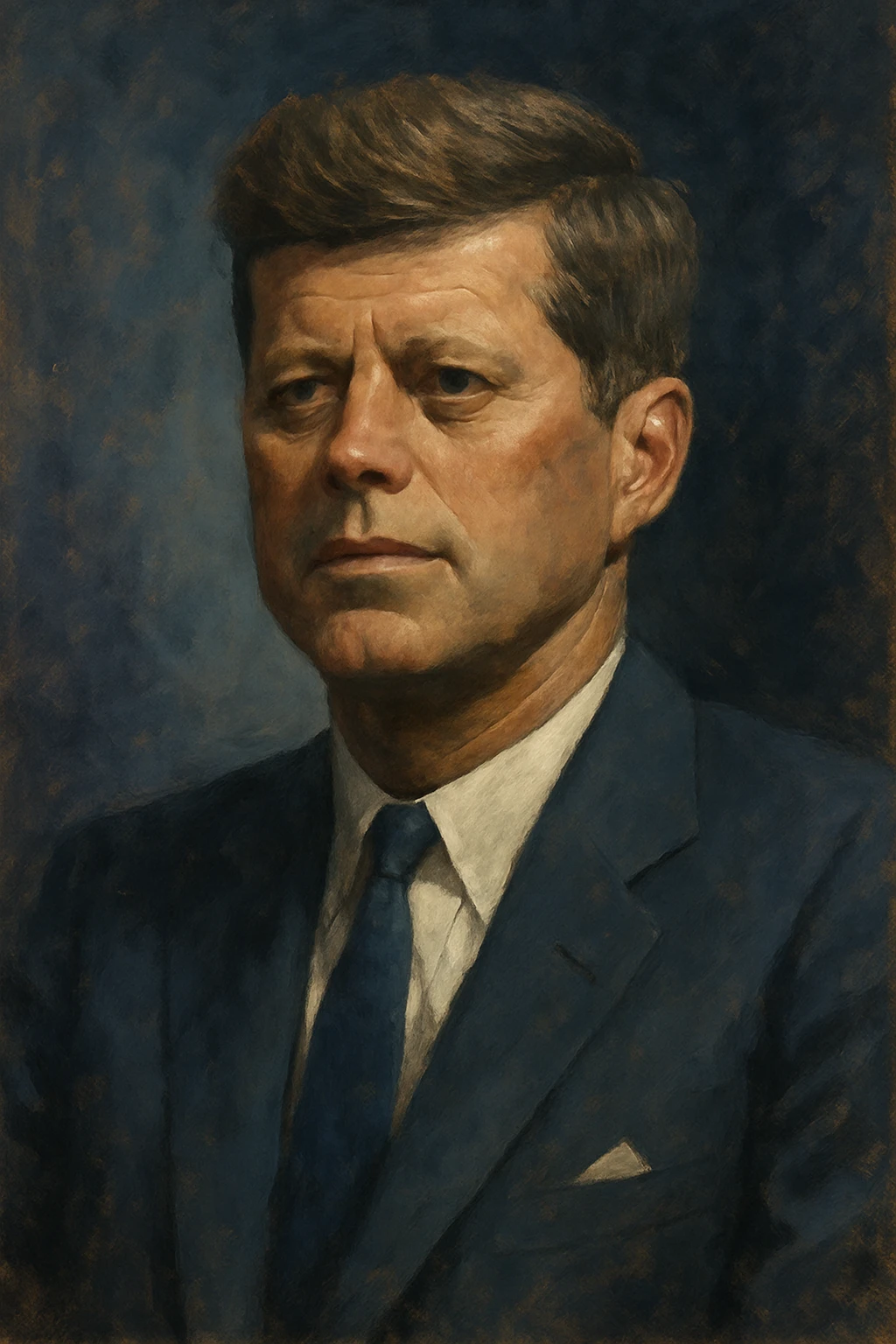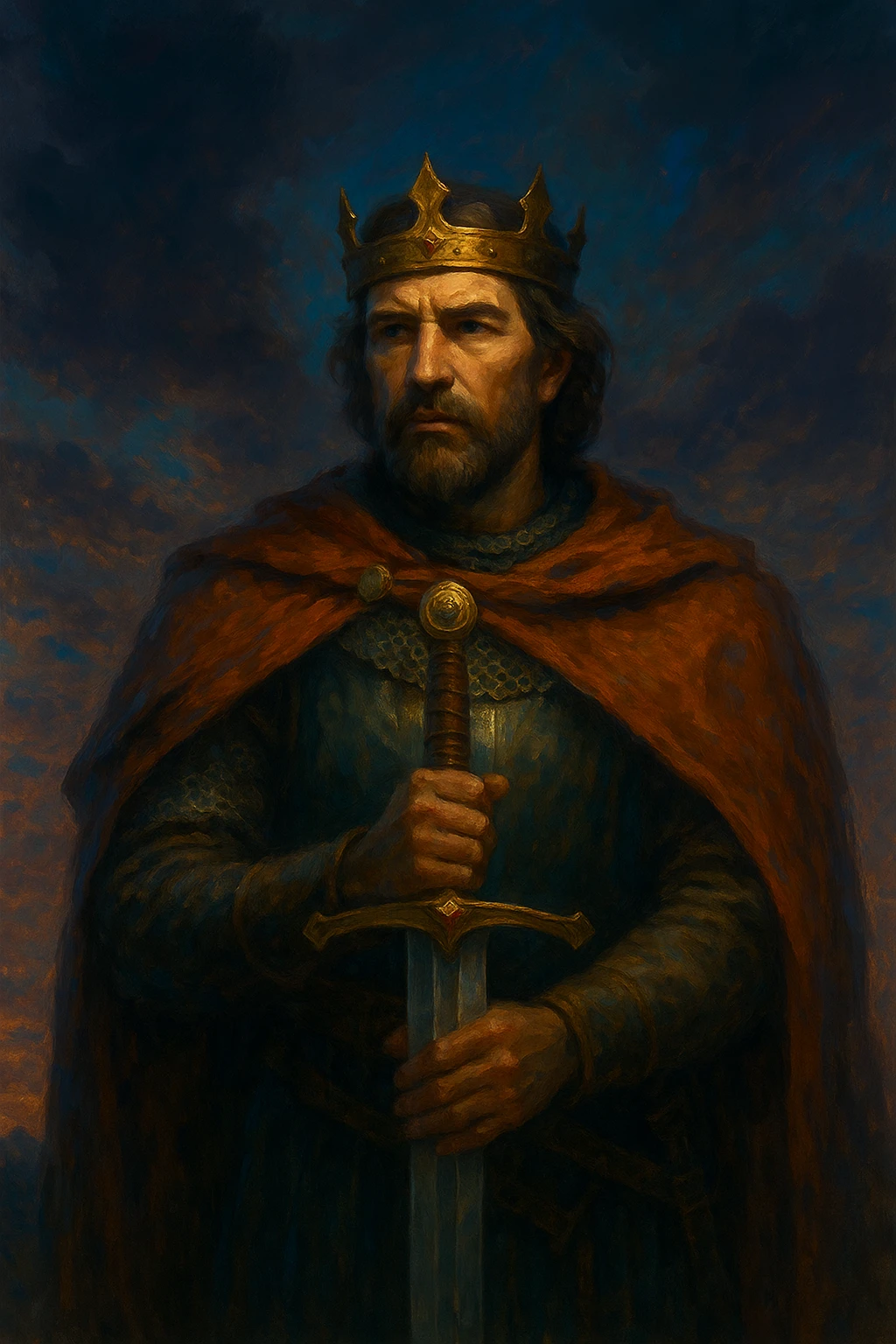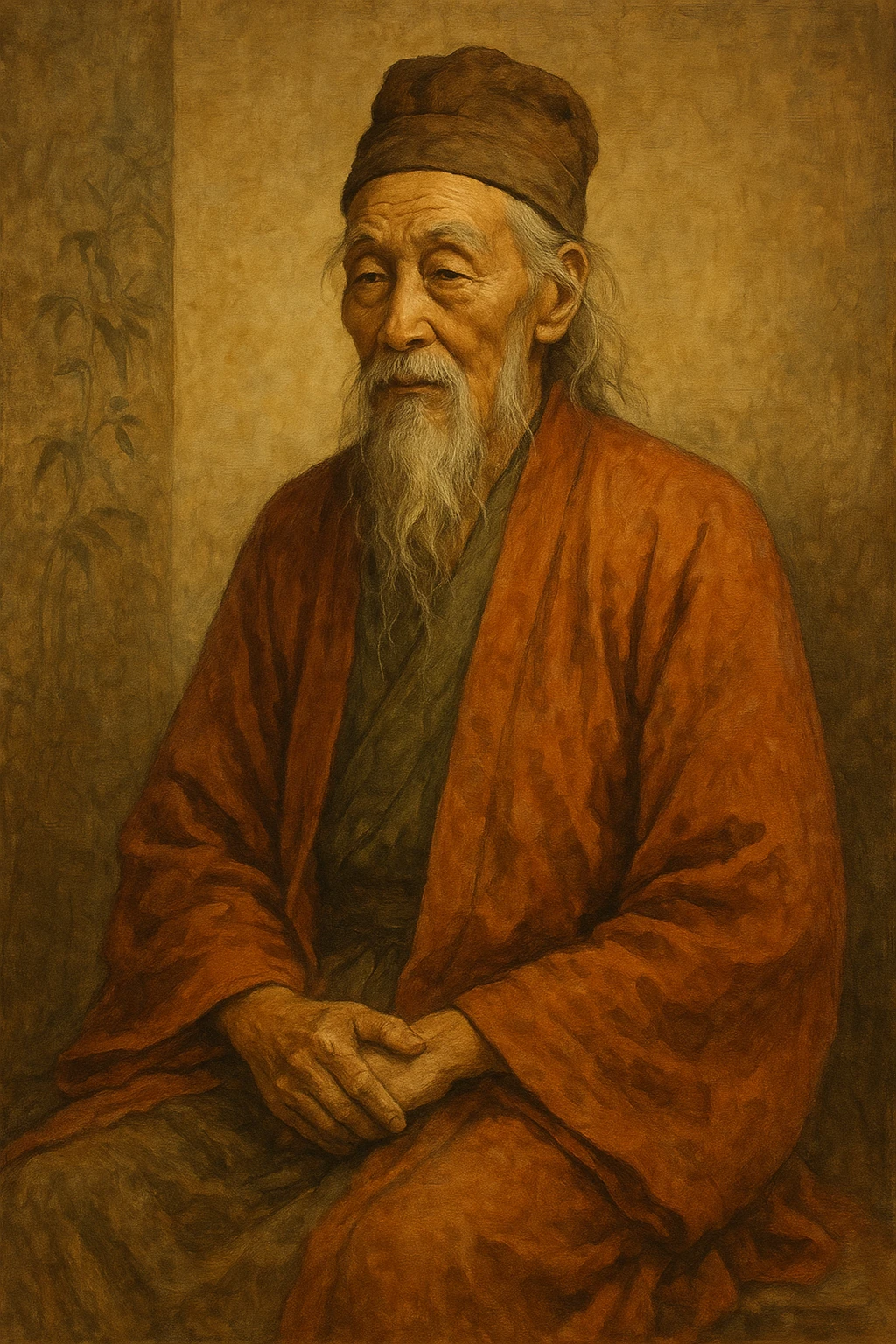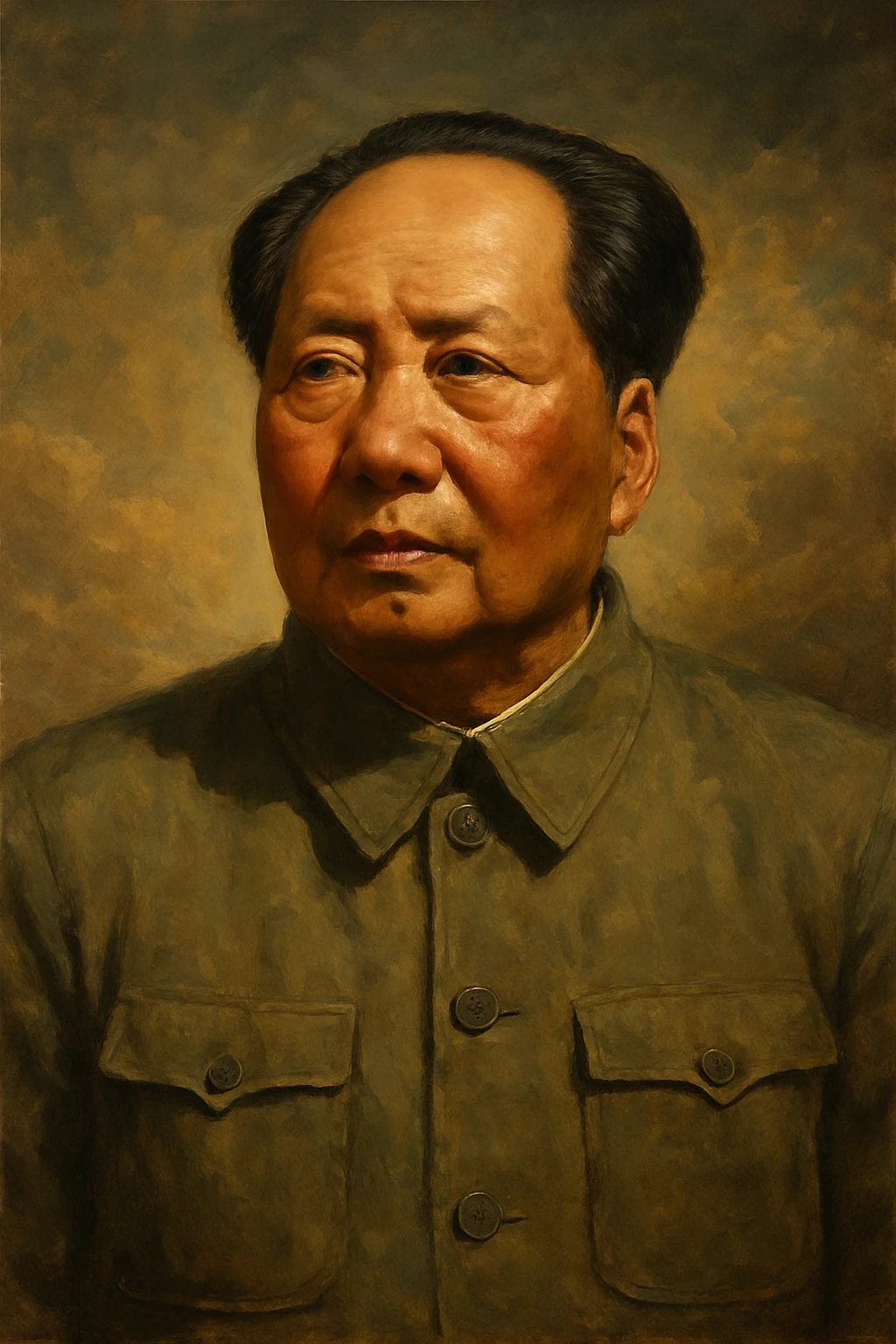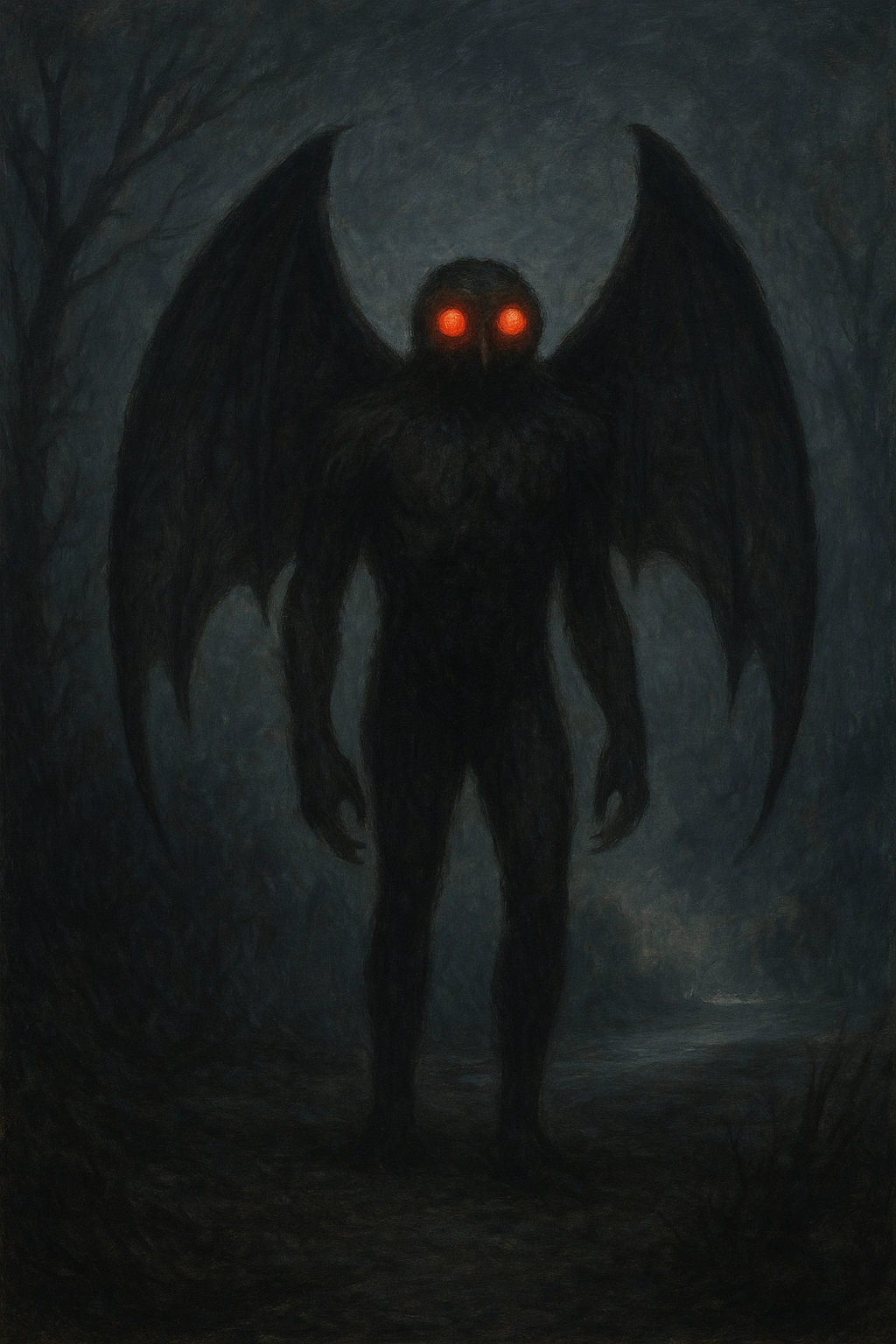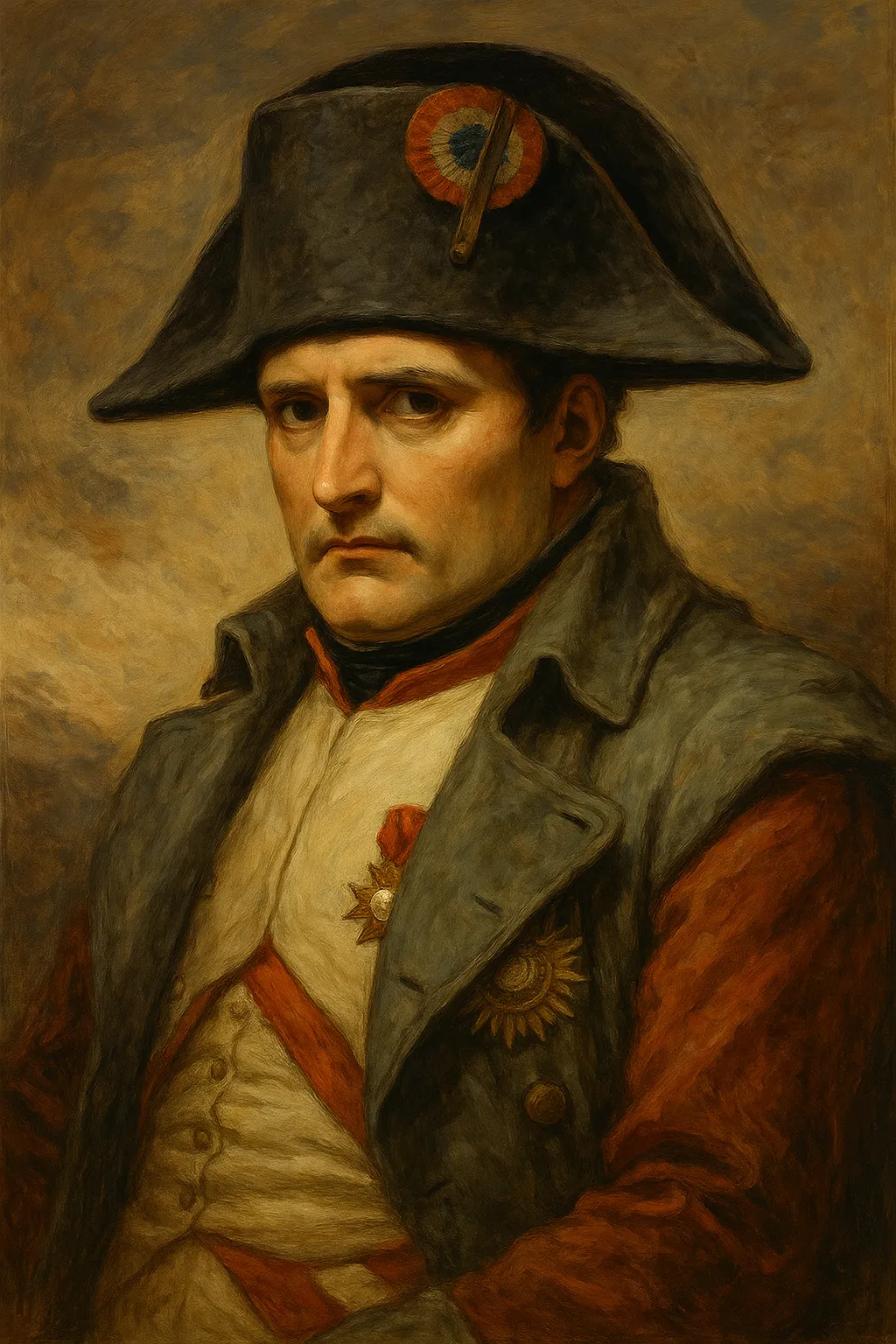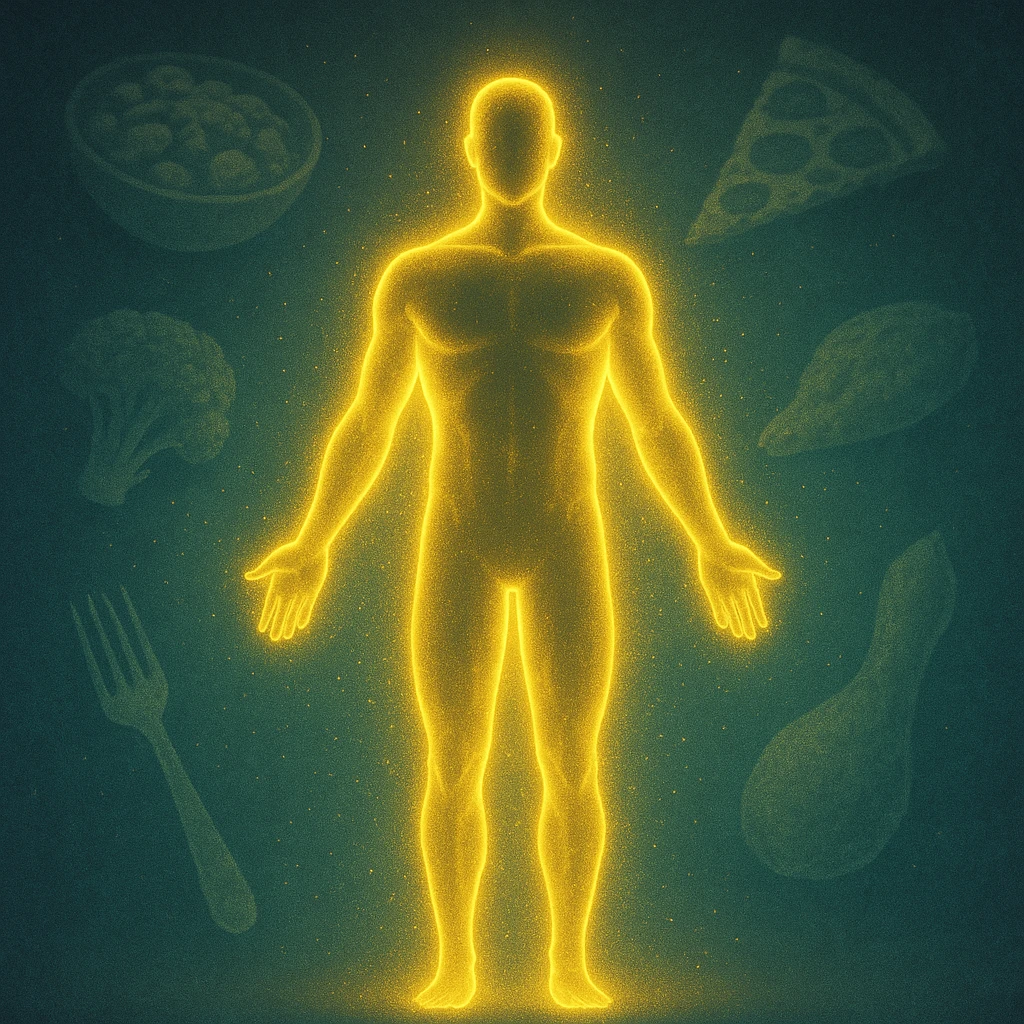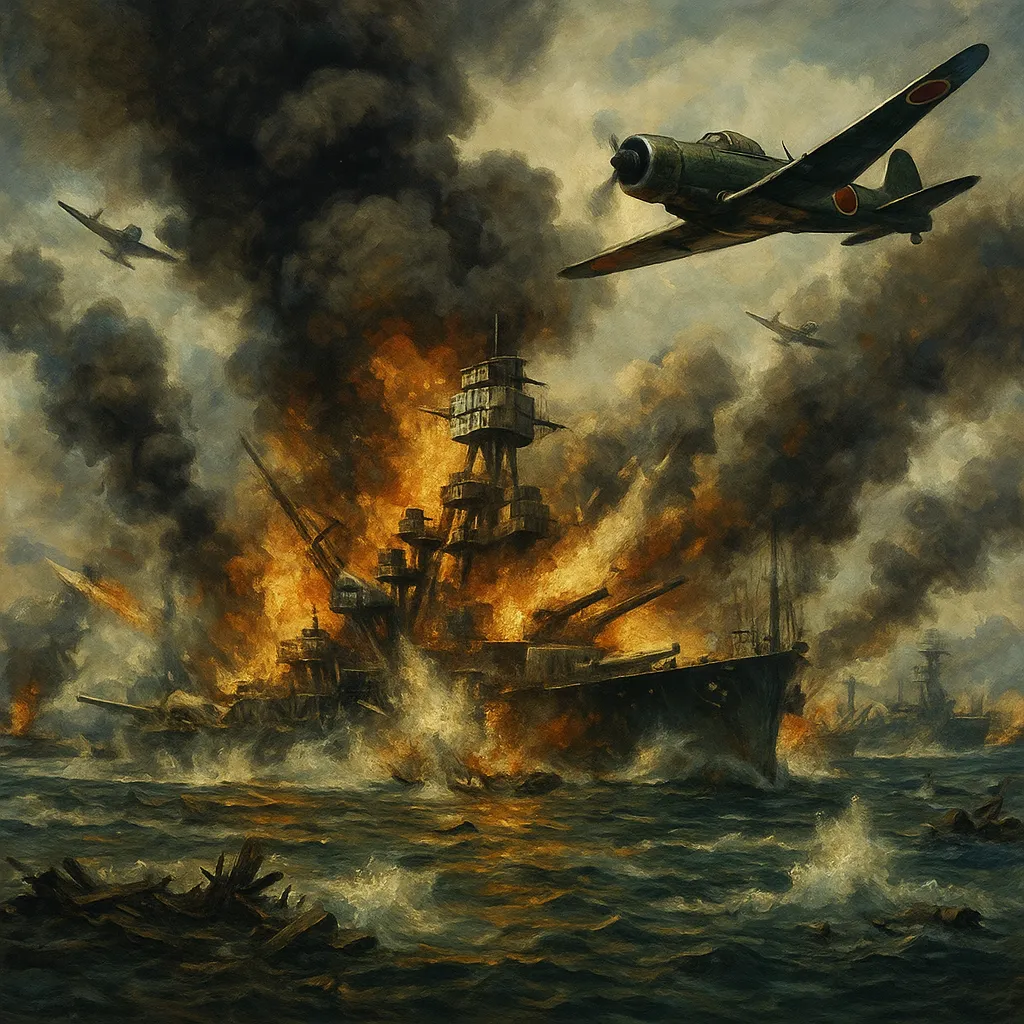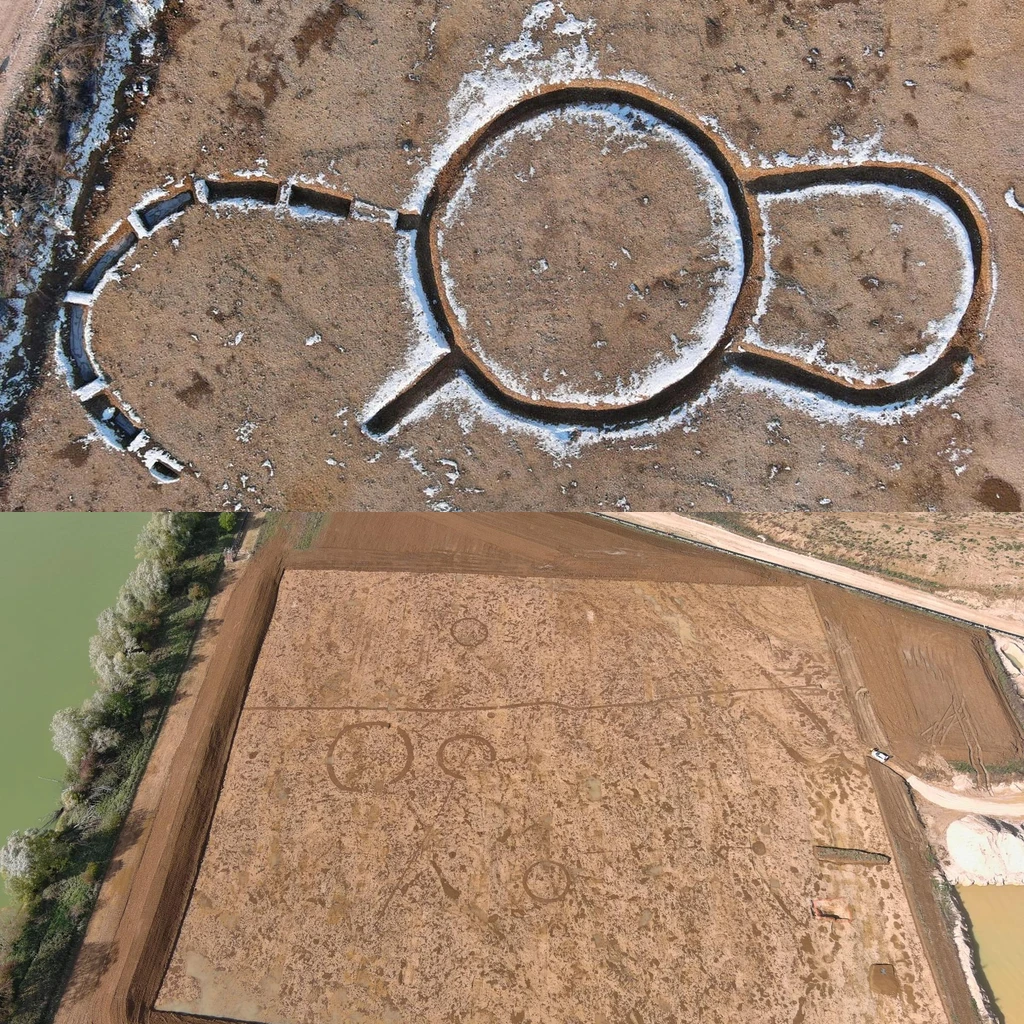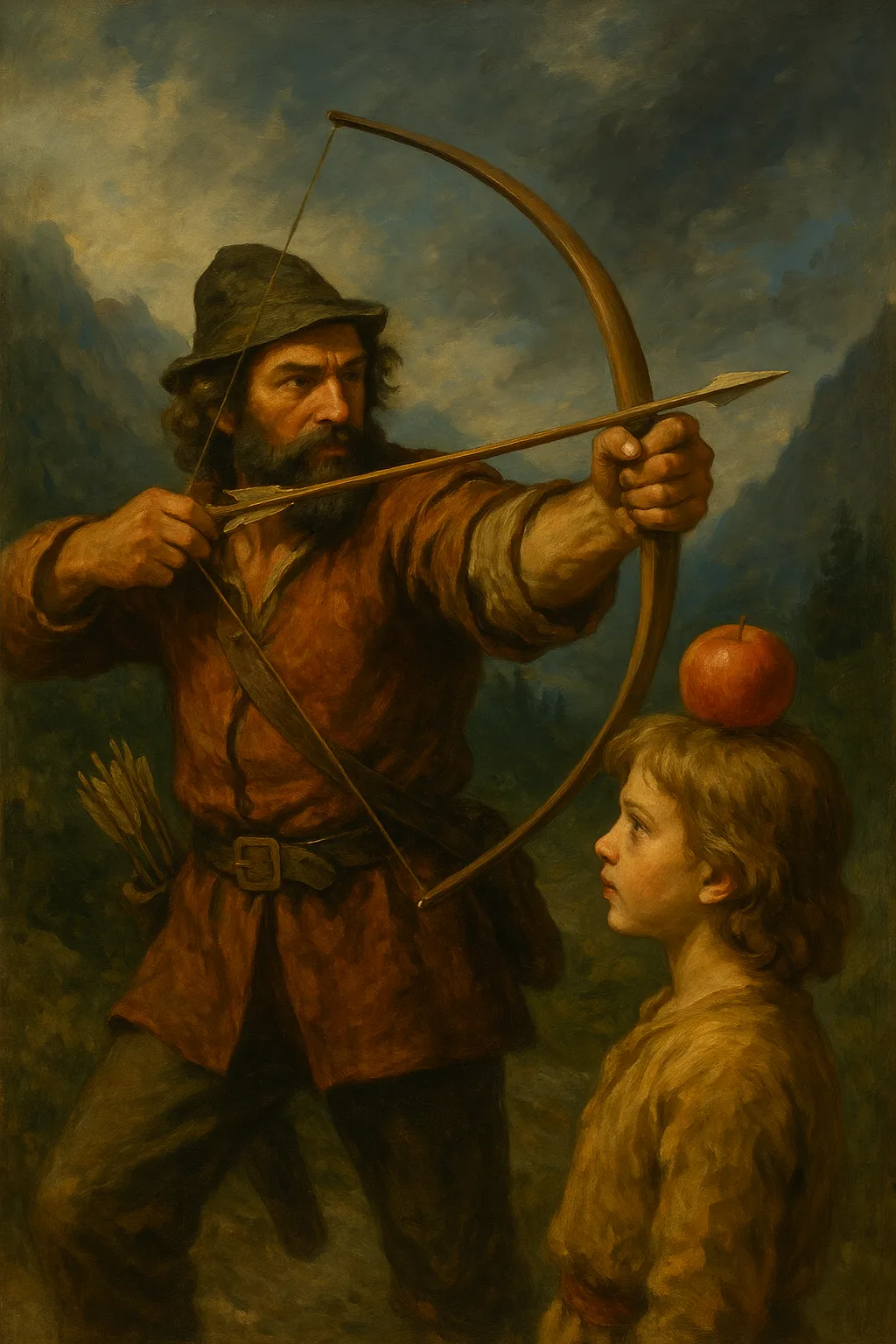Injuries and Physical Trauma Facts
Adhesive Bandage
The classic Band-Aid was invented in 1920 when Johnson & Johnson employee Earle Dickson created a quick way for his wife to treat kitchen cuts. Early bandages were hand-rolled and perforated, but by 1924 the company introduced machine-made, sterile versions that sparked today's billion-dollar wound-care market.Adrenaline Shot
A pocket auto-injector of epinephrine can restart a stalled heartbeat within 90 seconds. World War II "syrette" injectors were the forerunners of the modern EpiPen, now one of the most advertised emergency devices.Boxing Glove
Modern gloves became mandatory under the 1867 Marquess of Queensberry Rules. Gloves protect hands more than heads, allowing harder punches and actually increasing concussion rates compared with bare-knuckle bouts.Concussion
A single NFL lineman collision can hit 150 g of force, about five times what would destroy a Formula 1 carbon-fiber nose cone. Symptoms can be delayed up to 48 hours, so many mild brain injuries go unreported.Crutches
Underarm crutches date to ancient Egypt. The ergonomic forearm crutch was patented only in 1950. Using crutches burns roughly twice the calories of normal walking, turning rehab into an unexpected workout.CPR
Chest compressions should be 100-120 per minute. The Bee Gees hit "Stayin' Alive" is 103 BPM, so doctors teach rescuers to pump to its rhythm for perfect timing.Dislocation
The shoulder is the body's most dislocated joint. Its shallow socket allows 180-degree rotation but sacrifices stability; ancient wrestlers exploited this with armlock techniques still used in modern MMA.Frostbite
Skin can freeze in under 30 minutes at -15 C (5 F). During the 1944-45 Battle of the Bulge, frostbite caused more U.S. casualties than German gunfire.Helmets
Bicycle helmets did not reach mass markets until the 1970s. Most are designed for a single impact, yet 60 percent of users keep wearing a crashed helmet, defeating its safety design.Ice Pack
The RICE guideline (Rest, Ice, Compression, Elevation) was introduced in 1978. New studies show icing longer than 20 minutes may actually slow healing, sparking debate in sports medicine.Pain Scale
The 0-to-10 pain scale was popularized in the 1970s. Cartoon faces were added in 1983 for children, becoming a global hospital icon.Phantom Limb
Up to 80 percent of amputees feel sensations in a missing limb. Mirror-box therapy, invented in 1995, can "trick" the brain and reduce phantom pain.Placebo Effect
Sham knee-surgery trials found 60 percent of placebo patients reported less pain, nearly matching real operations, reshaping insurance policies on arthroscopic procedures.Scar Tissue
Scar collagen aligns in parallel fibers, making healed skin about 20 percent weaker than normal tissue. Silicone sheets can flatten raised scars by roughly two-thirds within three months.Shock
In severe blood loss, pressure can drop 40 percent before fainting. Modern combat tourniquets applied within one minute cut hemorrhage deaths by half compared with Vietnam War data.Splint
Egyptian papyri from 2600 BC describe wooden splints wrapped with linen. Today's foldable aluminum-foam SAM splint weighs under four ounces yet can support a broken femur.Tourniquet
The windlass-rod CAT tourniquet can be self-applied one-handed in 15 seconds. It is now standard in military individual first-aid kits around the world.Whiplash
A rear-end crash at only 12 mph can whip the neck at 5 g-more force than a Space Shuttle launch. A headrest set two centimeters too low doubles injury risk.Wound Clot
Synthetic cellulose gauze can absorb 25 times its weight and speeds clotting 40 times faster than cotton, winning rapid approval for battlefield and wilderness first aid.X-Ray
Discovered in 1895, X-rays were a retail novelty within weeks: U.S. shoe stores let customers see their toes until radiation laws banned the practice decades later.



